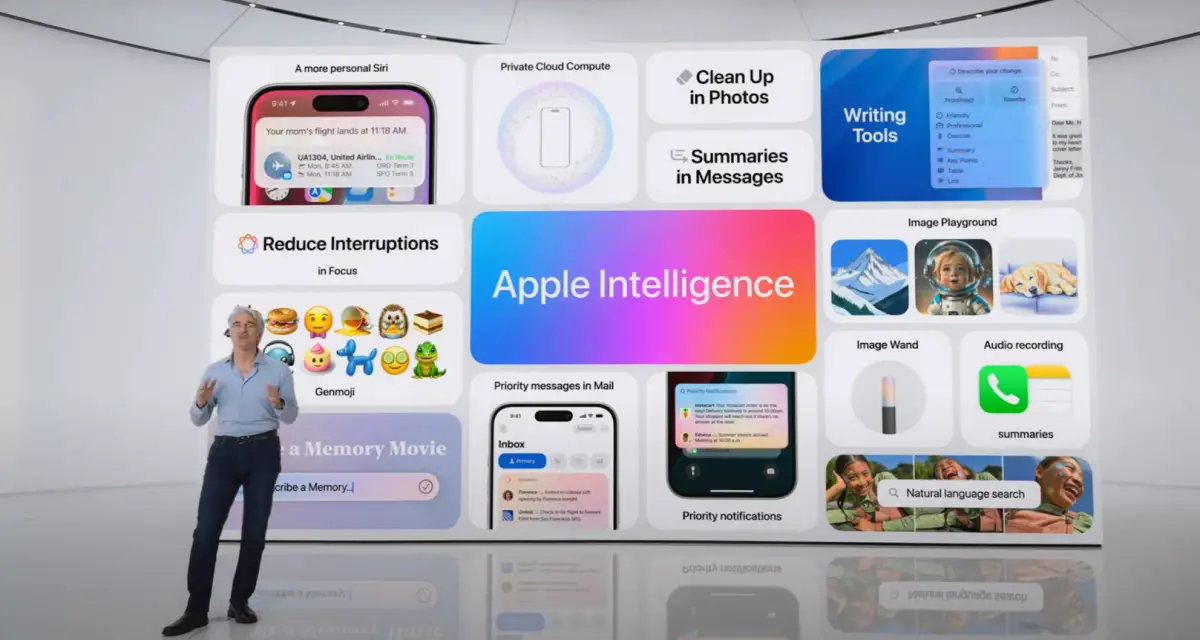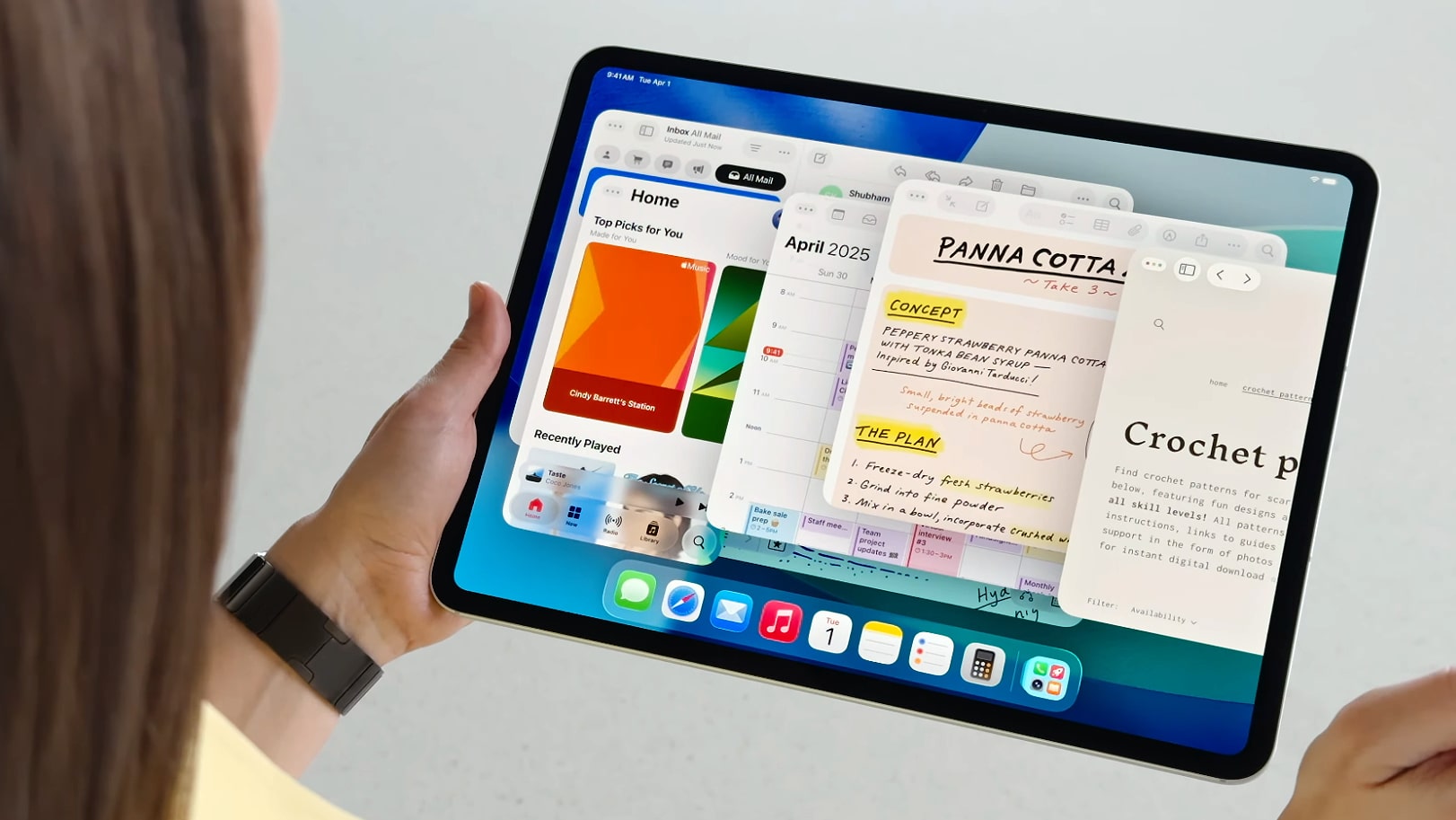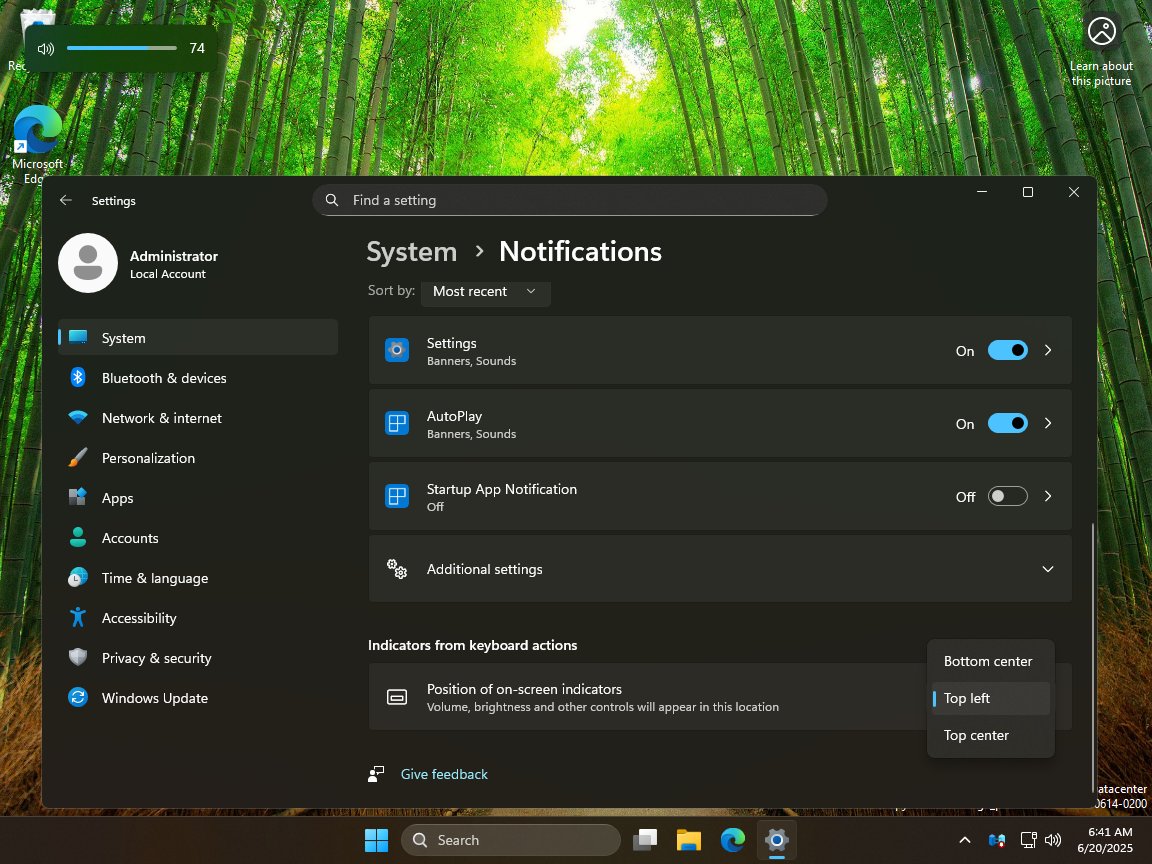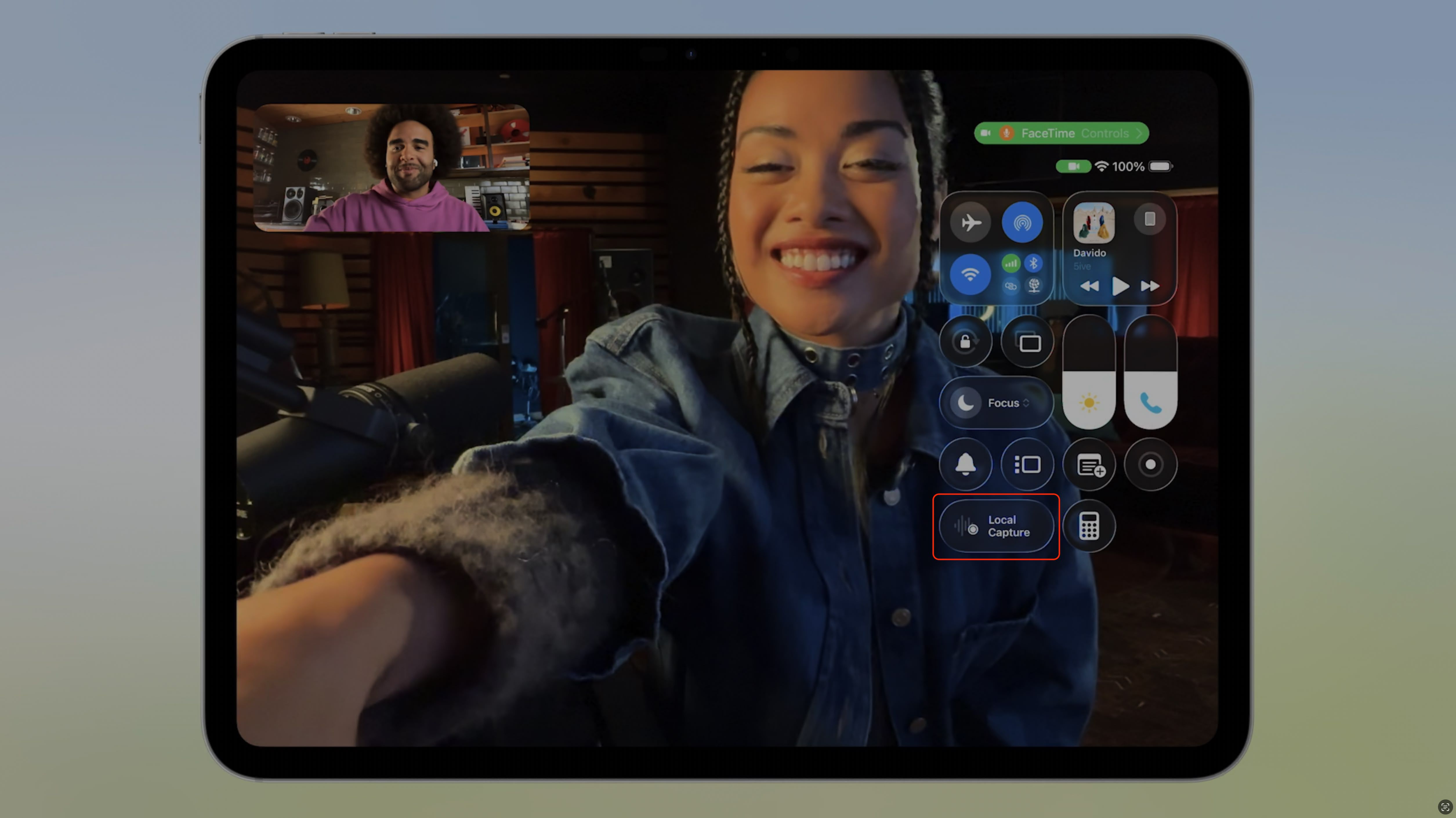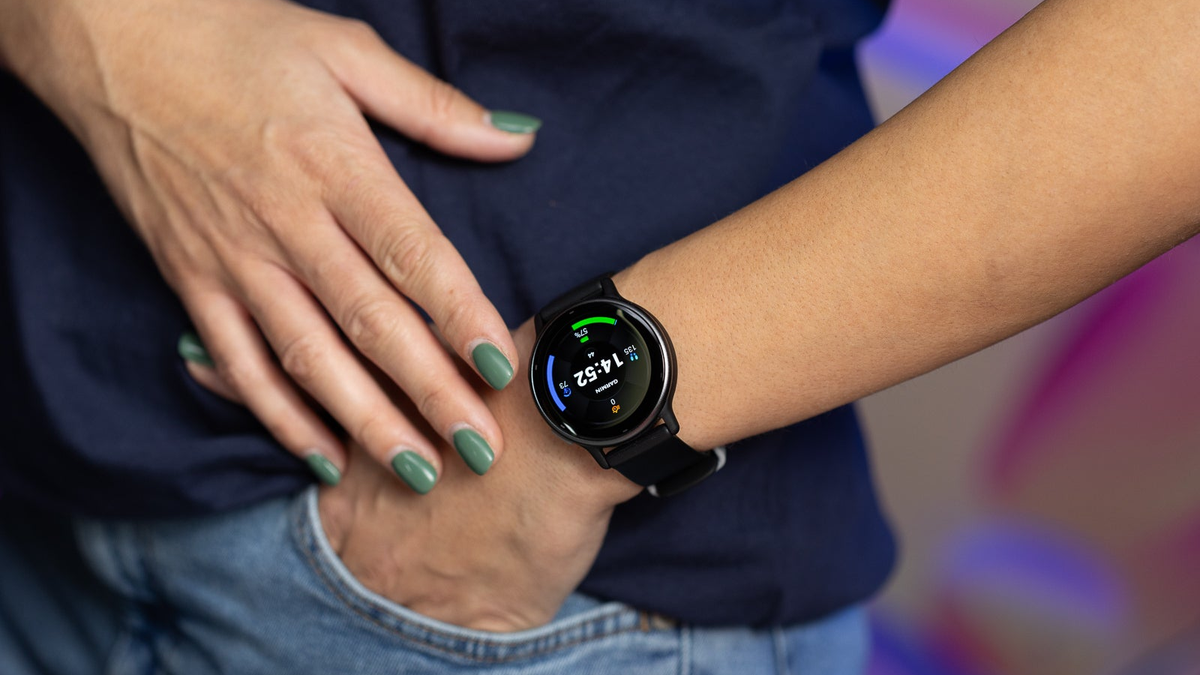Building a Scalable HTML5 Game Portal: Lessons from Rogue Game Labs
The demand for lightweight, instantly accessible games continues to rise as users seek frictionless entertainment across devices. Rogue Game Labs exemplifies a best-in-class HTML5 game portal—offering hundreds of titles in a clean, ad-light interface without forcing downloads or user accounts :contentReference[oaicite:0]{index=0}. In this post, we’ll deconstruct the core features and architecture of Rogue Game Labs and provide a step-by-step guide for developers interested in building their own scalable browser-based game hub.
1. Choosing the Right Front-End Framework
Rogue Game Labs’ responsive grid layout adapts seamlessly from desktop to mobile. While the site may use vanilla JavaScript and CSS Grid, you can accelerate development by leveraging modern frameworks:
React or Vue.js for dynamic component rendering
Tailwind CSS (or Bootstrap) for rapid, utility-first styling
Webpack or Vite to bundle assets and transpile modern syntax
Implementing a component-based architecture lets you encapsulate repeated UI patterns—game cards, category filters, and navigation—into reusable modules. For example, a component might accept props like title, thumbnail[], and playUrl.
2. Structuring the Game Library
At its core, Rogue Game Labs organizes content into categories such as Action, Puzzle, Racing, and Hypercasual, enabling users to filter seamlessly :contentReference[oaicite:1]{index=1}. To replicate:
Maintain a JSON manifest (games.json) listing each game’s metadata:
[
{
"id": "math-mastery",
"title": "Math Mastery",
"category": "Action",
"thumbnails": ["math1.png","math2.png",…],
"playUrl": "/games/math-mastery/index.html"
},
…
]
Fetch and cache this manifest on initial page load (using fetch() or axios), then dynamically render game cards grouped by category.
Implement client-side filtering by category, leveraging in-memory data to instantly reshape the grid without additional network requests.
3. Embedding and Sandboxing Games
HTML5 games on Rogue Game Labs load directly in the browser, likely via elements or by dynamically injecting script tags:
IFrames provide strong isolation between your portal and third-party game code. Set sandbox attributes to restrict permissions.
Dynamic script injection can work for trusted partners; load game engines (e.g., Phaser, PixiJS) only when needed to reduce initial bundle size.
4. Performance Optimization
Fast load times are critical. Rogue Game Labs offers instant play without heavy downloads, which suggests:
Lazy-load thumbnails and game scripts only when cards enter the viewport (use the Intersection Observer API).
Compress assets with GZIP or Brotli, and serve images in modern formats like WebP.
Cache aggressively via Service Workers to enable offline play and faster repeat visits—key for Progressive Web Apps (PWAs).
5. Responsive Design & Mobile-First UX
With mobile users in mind, Rogue Game Labs’ grid collapses gracefully on small screens ([roguegamelabs.com][1]). To emulate:
Adopt a mobile-first CSS strategy, defining base styles for small viewports and scaling up with media queries.
Use flexbox or CSS Grid to auto-adjust column counts based on screen width (grid-template-columns: repeat(auto-fill, minmax(200px, 1fr));).
Ensure touch targets (Play buttons, menu toggles) meet accessibility guidelines (at least 44×44 px).
6. Analytics and User Engagement
Understanding which games resonate most helps you curate content and attract partners. Rogue Game Labs likely tracks:
Page views and play button clicks (e.g., Google Analytics or Plausible).
Average session duration per game iframe.
Device and browser breakdowns for performance tuning.
Integrate analytics by firing custom events when users click “Play”—this data can inform future featured categories or highlight trending titles.
7. Monetization Strategies
Rogue Game Labs keeps ads minimal to preserve UX, but still generates revenue:
Interstitial banners served between category loads (e.g., via Google AdSense).
Sponsored game features: promote specific titles in a “Featured” carousel.
Affiliate links for game tools or developer SDKs where appropriate.
Balance revenue with experience—avoid intrusive pop-ups that drive users away.
8. SEO & Discoverability
Even though games run client-side, the portal’s category index and JSON manifests should be server-rendered or pre-rendered (e.g., with Next.js or Nuxt.js) to ensure search engines index game titles and descriptions. A clean URL structure (/games/math-mastery/) and descriptive and tags improve organic traffic.
9. Progressive Web App (PWA) Enhancements
To take advantage of PWAs:
Add a manifest.json to define home-screen icons and theme colors.
Implement a Service Worker to cache static assets and game files, enab

The demand for lightweight, instantly accessible games continues to rise as users seek frictionless entertainment across devices. Rogue Game Labs exemplifies a best-in-class HTML5 game portal—offering hundreds of titles in a clean, ad-light interface without forcing downloads or user accounts :contentReference[oaicite:0]{index=0}. In this post, we’ll deconstruct the core features and architecture of Rogue Game Labs and provide a step-by-step guide for developers interested in building their own scalable browser-based game hub.
1. Choosing the Right Front-End Framework
Rogue Game Labs’ responsive grid layout adapts seamlessly from desktop to mobile. While the site may use vanilla JavaScript and CSS Grid, you can accelerate development by leveraging modern frameworks:
-
React or Vue.js for dynamic component rendering
-
Tailwind CSS (or Bootstrap) for rapid, utility-first styling
-
Webpack or Vite to bundle assets and transpile modern syntax
Implementing a component-based architecture lets you encapsulate repeated UI patterns—game cards, category filters, and navigation—into reusable modules. For example, a title, thumbnail[], and playUrl.
2. Structuring the Game Library
At its core, Rogue Game Labs organizes content into categories such as Action, Puzzle, Racing, and Hypercasual, enabling users to filter seamlessly :contentReference[oaicite:1]{index=1}. To replicate:
-
Maintain a JSON manifest (
games.json) listing each game’s metadata:
[
{
"id": "math-mastery",
"title": "Math Mastery",
"category": "Action",
"thumbnails": ["math1.png","math2.png",…],
"playUrl": "/games/math-mastery/index.html"
},
…
]
-
Fetch and cache this manifest on initial page load (using
fetch() or axios), then dynamically render game cards grouped by category.
-
Implement client-side filtering by category, leveraging in-memory data to instantly reshape the grid without additional network requests.
3. Embedding and Sandboxing Games
HTML5 games on Rogue Game Labs load directly in the browser, likely via
4. Performance Optimization
Fast load times are critical. Rogue Game Labs offers instant play without heavy downloads, which suggests:
-
Lazy-load thumbnails and game scripts only when cards enter the viewport (use the Intersection Observer API).
-
Compress assets with GZIP or Brotli, and serve images in modern formats like WebP.
-
Cache aggressively via Service Workers to enable offline play and faster repeat visits—key for Progressive Web Apps (PWAs).
5. Responsive Design & Mobile-First UX
With mobile users in mind, Rogue Game Labs’ grid collapses gracefully on small screens ([roguegamelabs.com][1]). To emulate:
- Adopt a mobile-first CSS strategy, defining base styles for small viewports and scaling up with media queries.
- Use flexbox or CSS Grid to auto-adjust column counts based on screen width (
grid-template-columns: repeat(auto-fill, minmax(200px, 1fr));).
- Ensure touch targets (Play buttons, menu toggles) meet accessibility guidelines (at least 44×44 px).
6. Analytics and User Engagement
Understanding which games resonate most helps you curate content and attract partners. Rogue Game Labs likely tracks:
-
Page views and play button clicks (e.g., Google Analytics or Plausible).
-
Average session duration per game iframe.
-
Device and browser breakdowns for performance tuning.
Integrate analytics by firing custom events when users click “Play”—this data can inform future featured categories or highlight trending titles.
7. Monetization Strategies
Rogue Game Labs keeps ads minimal to preserve UX, but still generates revenue:
-
Interstitial banners served between category loads (e.g., via Google AdSense).
-
Sponsored game features: promote specific titles in a “Featured” carousel.
-
Affiliate links for game tools or developer SDKs where appropriate.
Balance revenue with experience—avoid intrusive pop-ups that drive users away.
8. SEO & Discoverability
Even though games run client-side, the portal’s category index and JSON manifests should be server-rendered or pre-rendered (e.g., with Next.js or Nuxt.js) to ensure search engines index game titles and descriptions. A clean URL structure (/games/math-mastery/) and descriptive </code> and <code><meta></code> tags improve organic traffic.
<h3>
9. Progressive Web App (PWA) Enhancements
</h3>
<p>To take advantage of PWAs:
<ol>
<li>
<strong>Add a <code>manifest.json</code></strong> to define home-screen icons and theme colors.</li>
<li>
<strong>Implement a Service Worker</strong> to cache static assets and game files, enabling offline play.</li>
<li>
<strong>Offer “Add to Home Screen”</strong> prompts for returning visitors.</li>
</ol>
<p>These features transform your game portal into a near-native experience on mobile devices.
<h3>
10. Community & Future Roadmap
</h3>
<p>While Rogue Game Labs does not yet host forums, you can foster engagement by:
<ul>
<li>Integrating <strong>comments/discussion</strong> via third-party widgets (Disqus, Giscus).</li>
<li>Launching <strong>leaderboards</strong> backed by a lightweight backend (Firebase Realtime Database or Supabase).</li>
<li>Highlighting <strong>developer blogs</strong> and post-mortems to attract game creators.</li>
</ul>
<p>Planned enhancements on Rogue Game Labs include user accounts, global rankings, and developer spotlights—features you can prototype early to differentiate your portal.
<p><strong>Conclusion</strong><br>
By studying <strong>Rogue Game Labs</strong> ( </div>
<div class="d-flex flex-row-reverse mt-4">
<a href="https://dev.to/mufeng/building-a-scalable-html5-game-portal-lessons-from-rogue-game-labs-1h82" class="btn btn-md btn-custom" target="_blank" rel="nofollow">
Read More <svg xmlns="http://www.w3.org/2000/svg" width="16" height="16" fill="currentColor" class="m-l-5" viewBox="0 0 16 16">
<path fill-rule="evenodd" d="M1 8a.5.5 0 0 1 .5-.5h11.793l-3.147-3.146a.5.5 0 0 1 .708-.708l4 4a.5.5 0 0 1 0 .708l-4 4a.5.5 0 0 1-.708-.708L13.293 8.5H1.5A.5.5 0 0 1 1 8z"/>
</svg>
</a>
</div>
<div class="d-flex flex-row post-tags align-items-center mt-5">
<h2 class="title">Tags:</h2>
<ul class="d-flex flex-row">
</ul>
</div>
<div class="post-next-prev mt-5">
<div class="row">
<div class="col-sm-6 col-xs-12 left">
<div class="head-title text-end">
<a href="https://techdailyfeed.com/how-to-translate-a-lectora-course">
<svg xmlns="http://www.w3.org/2000/svg" width="16" height="16" fill="currentColor" class="bi bi-arrow-left" viewBox="0 0 16 16">
<path fill-rule="evenodd" d="M15 8a.5.5 0 0 0-.5-.5H2.707l3.147-3.146a.5.5 0 1 0-.708-.708l-4 4a.5.5 0 0 0 0 .708l4 4a.5.5 0 0 0 .708-.708L2.707 8.5H14.5A.5.5 0 0 0 15 8z"/>
</svg>
Previous Article </a>
</div>
<h3 class="title text-end">
<a href="https://techdailyfeed.com/how-to-translate-a-lectora-course">How to Translate a Lectora Course</a>
</h3>
</div>
<div class="col-sm-6 col-xs-12 right">
<div class="head-title text-start">
<a href="https://techdailyfeed.com/the-hidden-cost-of-test-inheritance">
Next Article <svg xmlns="http://www.w3.org/2000/svg" width="16" height="16" fill="currentColor" class="bi bi-arrow-right" viewBox="0 0 16 16">
<path fill-rule="evenodd" d="M1 8a.5.5 0 0 1 .5-.5h11.793l-3.147-3.146a.5.5 0 0 1 .708-.708l4 4a.5.5 0 0 1 0 .708l-4 4a.5.5 0 0 1-.708-.708L13.293 8.5H1.5A.5.5 0 0 1 1 8z"/>
</svg>
</a>
</div>
<h3 class="title text-start">
<a href="https://techdailyfeed.com/the-hidden-cost-of-test-inheritance">The Hidden Cost of Test Inheritance</a>
</h3>
</div>
</div>
</div>
<section class="section section-related-posts mt-5">
<div class="row">
<div class="col-12">
<div class="section-title">
<div class="d-flex justify-content-between align-items-center">
<h3 class="title">Related Posts</h3>
</div>
</div>
<div class="section-content">
<div class="row">
<div class="col-sm-12 col-md-6 col-lg-4">
<div class="post-item">
<div class="image ratio">
<a href="https://techdailyfeed.com/ot-only-in-the-philippines-will-you-see-political-candidatesdance-to-get-votes">
<img src="data:image/png;base64,iVBORw0KGgoAAAANSUhEUgAAAcIAAAEYAQMAAAD1c2RPAAAAA1BMVEUAAACnej3aAAAAAXRSTlMAQObYZgAAACVJREFUaN7twQEBAAAAgqD+r26IwAAAAAAAAAAAAAAAAAAAACDoP3AAASZRMyIAAAAASUVORK5CYII=" data-src="https://media2.dev.to/dynamic/image/width%3D1000,height%3D500,fit%3Dcover,gravity%3Dauto,format%3Dauto/https:%2F%2Fdev-to-uploads.s3.amazonaws.com%2Fuploads%2Farticles%2Fvqpao8r6ldig7fohu1sx.png" alt="OT.. Only in the Philippines will you see political candidates...dance to get votes..." class="img-fluid lazyload" width="269" height="160"/>
</a>
</div>
<h3 class="title fsize-16"><a href="https://techdailyfeed.com/ot-only-in-the-philippines-will-you-see-political-candidatesdance-to-get-votes">OT.. Only in the Philippines will you see political can...</a></h3>
<p class="small-post-meta"> <span>May 12, 2025</span>
<span><i class="icon-comment"></i> 0</span>
</p>
</div>
</div>
<div class="col-sm-12 col-md-6 col-lg-4">
<div class="post-item">
<div class="image ratio">
<a href="https://techdailyfeed.com/why-managed-side-effects-are-a-deliberate-design-decision-in-elm">
<img src="data:image/png;base64,iVBORw0KGgoAAAANSUhEUgAAAcIAAAEYAQMAAAD1c2RPAAAAA1BMVEUAAACnej3aAAAAAXRSTlMAQObYZgAAACVJREFUaN7twQEBAAAAgqD+r26IwAAAAAAAAAAAAAAAAAAAACDoP3AAASZRMyIAAAAASUVORK5CYII=" data-src="https://media2.dev.to/dynamic/image/width%3D1000,height%3D500,fit%3Dcover,gravity%3Dauto,format%3Dauto/https:%2F%2Fdev-to-uploads.s3.amazonaws.com%2Fuploads%2Farticles%2F1qrwff4fm0zjyaabjpes.png" alt="Why Managed Side Effects Are a Deliberate Design Decision in Elm" class="img-fluid lazyload" width="269" height="160"/>
</a>
</div>
<h3 class="title fsize-16"><a href="https://techdailyfeed.com/why-managed-side-effects-are-a-deliberate-design-decision-in-elm">Why Managed Side Effects Are a Deliberate Design Decisi...</a></h3>
<p class="small-post-meta"> <span>May 12, 2025</span>
<span><i class="icon-comment"></i> 0</span>
</p>
</div>
</div>
<div class="col-sm-12 col-md-6 col-lg-4">
<div class="post-item">
<div class="image ratio">
<a href="https://techdailyfeed.com/revise-python-in-15-days-for-ml-2025-day-5-list">
<img src="data:image/png;base64,iVBORw0KGgoAAAANSUhEUgAAAcIAAAEYAQMAAAD1c2RPAAAAA1BMVEUAAACnej3aAAAAAXRSTlMAQObYZgAAACVJREFUaN7twQEBAAAAgqD+r26IwAAAAAAAAAAAAAAAAAAAACDoP3AAASZRMyIAAAAASUVORK5CYII=" data-src="https://media2.dev.to/dynamic/image/width%3D1000,height%3D500,fit%3Dcover,gravity%3Dauto,format%3Dauto/https:%2F%2Fdev-to-uploads.s3.amazonaws.com%2Fuploads%2Farticles%2Fio33flmoyiwxorvnmrm0.png" alt="Revise Python in 15 days for ML (2025) : Day 5 (List)" class="img-fluid lazyload" width="269" height="160"/>
</a>
</div>
<h3 class="title fsize-16"><a href="https://techdailyfeed.com/revise-python-in-15-days-for-ml-2025-day-5-list">Revise Python in 15 days for ML (2025) : Day 5 (List)</a></h3>
<p class="small-post-meta"> <span>May 14, 2025</span>
<span><i class="icon-comment"></i> 0</span>
</p>
</div>
</div>
</div>
</div>
</div>
</div>
</section>
<section class="section section-comments mt-5">
<div class="row">
<div class="col-12">
<div class="nav nav-tabs" id="navTabsComment" role="tablist">
<button class="nav-link active" data-bs-toggle="tab" data-bs-target="#navComments" type="button" role="tab">Comments</button>
</div>
<div class="tab-content" id="navTabsComment">
<div class="tab-pane fade show active" id="navComments" role="tabpanel" aria-labelledby="nav-home-tab">
<form id="add_comment">
<input type="hidden" name="parent_id" value="0">
<input type="hidden" name="post_id" value="209184">
<div class="form-row">
<div class="row">
<div class="form-group col-md-6">
<label>Name</label>
<input type="text" name="name" class="form-control form-input" maxlength="40" placeholder="Name">
</div>
<div class="form-group col-md-6">
<label>Email</label>
<input type="email" name="email" class="form-control form-input" maxlength="100" placeholder="Email">
</div>
</div>
</div>
<div class="form-group">
<label>Comment</label>
<textarea name="comment" class="form-control form-input form-textarea" maxlength="4999" placeholder="Leave your comment..."></textarea>
</div>
<div class="form-group">
<script src="https://www.google.com/recaptcha/api.js?hl=en"></script><div class="g-recaptcha" data-sitekey="6LduZ7IqAAAAAKfe7AeVbVcTGz_oE2naGefqcRuL" data-theme="dark"></div> </div>
<button type="submit" class="btn btn-md btn-custom">Post Comment</button>
</form>
<div id="message-comment-result" class="message-comment-result"></div>
<div id="comment-result">
<input type="hidden" value="5" id="post_comment_limit">
<div class="row">
<div class="col-sm-12">
<div class="comments">
<ul class="comment-list">
</ul>
</div>
</div>
</div> </div>
</div>
</div>
</div>
</div>
</section>
</div>
</div>
<div class="col-md-12 col-lg-4">
<div class="col-sidebar sticky-lg-top">
<div class="row">
<div class="col-12">
<div class="sidebar-widget">
<div class="widget-head"><h4 class="title">Popular Posts</h4></div>
<div class="widget-body">
<div class="row">
<div class="col-12">
<div class="tbl-container post-item-small">
<div class="tbl-cell left">
<div class="image">
<a href="https://techdailyfeed.com/open-world-dress-up-game-infinity-nikki-gets-new-trailer-with-closed-beta-sign-ups-now-live-pre-registrations-also-available-162698">
<img src="data:image/gif;base64,R0lGODlhAQABAIAAAP///wAAACH5BAEAAAAALAAAAAABAAEAAAICRAEAOw==" data-src="https://toucharcade.com/wp-content/uploads/2024/08/infinity-nikki.jpg" alt="Open World Dress Up Game ‘Infinity Nikki’ Gets New Trailer With Closed Beta Sign Ups Now Live, Pre-Registrations Also Available" class="img-fluid lazyload" width="130" height="91"/>
</a>
</div>
</div>
<div class="tbl-cell right">
<h3 class="title"><a href="https://techdailyfeed.com/open-world-dress-up-game-infinity-nikki-gets-new-trailer-with-closed-beta-sign-ups-now-live-pre-registrations-also-available-162698">Open World Dress Up Game ‘Infinity Nikki’ Gets New...</a></h3>
<p class="small-post-meta"> <span>May 12, 2025</span>
<span><i class="icon-comment"></i> 0</span>
</p>
</div>
</div> </div>
<div class="col-12">
<div class="tbl-container post-item-small">
<div class="tbl-cell left">
<div class="image">
<a href="https://techdailyfeed.com/accelerate-your-ai-skills-essential-generative-ai-courses-for-developers">
<img src="data:image/gif;base64,R0lGODlhAQABAIAAAP///wAAACH5BAEAAAAALAAAAAABAAEAAAICRAEAOw==" data-src="https://www.topbots.com/wp-content/uploads/2024/07/cover_genAI_courses.png" alt="Accelerate Your AI Skills: Essential Generative AI Courses for Developers" class="img-fluid lazyload" width="130" height="91"/>
</a>
</div>
</div>
<div class="tbl-cell right">
<h3 class="title"><a href="https://techdailyfeed.com/accelerate-your-ai-skills-essential-generative-ai-courses-for-developers">Accelerate Your AI Skills: Essential Generative AI...</a></h3>
<p class="small-post-meta"> <span>May 12, 2025</span>
<span><i class="icon-comment"></i> 1</span>
</p>
</div>
</div> </div>
<div class="col-12">
<div class="tbl-container post-item-small">
<div class="tbl-cell left">
<div class="image">
<a href="https://techdailyfeed.com/how-is-5g-technology-impacting-mobile-app-development">
<img src="data:image/gif;base64,R0lGODlhAQABAIAAAP///wAAACH5BAEAAAAALAAAAAABAAEAAAICRAEAOw==" data-src="https://usmsystems.com/wp-content/uploads/2025/05/5G-Technology.png" alt="How is 5G Technology Impacting Mobile App Development?" class="img-fluid lazyload" width="130" height="91"/>
</a>
</div>
</div>
<div class="tbl-cell right">
<h3 class="title"><a href="https://techdailyfeed.com/how-is-5g-technology-impacting-mobile-app-development">How is 5G Technology Impacting Mobile App Developm...</a></h3>
<p class="small-post-meta"> <span>May 20, 2025</span>
<span><i class="icon-comment"></i> 0</span>
</p>
</div>
</div> </div>
<div class="col-12">
<div class="tbl-container post-item-small">
<div class="tbl-cell left">
<div class="image">
<a href="https://techdailyfeed.com/what-are-gpu-clusters-and-how-they-accelerate-ai-workloads">
<img src="data:image/gif;base64,R0lGODlhAQABAIAAAP///wAAACH5BAEAAAAALAAAAAABAAEAAAICRAEAOw==" data-src="https://www.clarifai.com/hubfs/What%20Are%20GPU%20Clusters%20and%20How%20They%20Accelerate%20AI%20Workloads_blog_hero.png" alt="What Are GPU Clusters and How They Accelerate AI Workloads" class="img-fluid lazyload" width="130" height="91"/>
</a>
</div>
</div>
<div class="tbl-cell right">
<h3 class="title"><a href="https://techdailyfeed.com/what-are-gpu-clusters-and-how-they-accelerate-ai-workloads">What Are GPU Clusters and How They Accelerate AI W...</a></h3>
<p class="small-post-meta"> <span>May 16, 2025</span>
<span><i class="icon-comment"></i> 0</span>
</p>
</div>
</div> </div>
<div class="col-12">
<div class="tbl-container post-item-small">
<div class="tbl-cell left">
<div class="image">
<a href="https://techdailyfeed.com/create-a-replica-of-this-image-dont-change-anything-ai-trend-takes-off">
<img src="data:image/gif;base64,R0lGODlhAQABAIAAAP///wAAACH5BAEAAAAALAAAAAABAAEAAAICRAEAOw==" data-src="https://dailyai.com/wp-content/uploads/2025/05/image-23.png" alt="“Create a replica of this image. Don’t change anything” AI trend takes off" class="img-fluid lazyload" width="130" height="91"/>
</a>
</div>
</div>
<div class="tbl-cell right">
<h3 class="title"><a href="https://techdailyfeed.com/create-a-replica-of-this-image-dont-change-anything-ai-trend-takes-off">“Create a replica of this image. Don’t change anyt...</a></h3>
<p class="small-post-meta"> <span>May 16, 2025</span>
<span><i class="icon-comment"></i> 0</span>
</p>
</div>
</div> </div>
</div>
</div>
</div>
</div>
</div>
</div> </div>
</div>
</div>
</section>
<style>
.post-text img {
display: none !important;
}
.post-content .post-summary {
display: none;
}
</style>
<script type="application/ld+json">[{
"@context": "http://schema.org",
"@type": "Organization",
"url": "https://techdailyfeed.com",
"logo": {"@type": "ImageObject","width": 190,"height": 60,"url": "https://techdailyfeed.com/assets/img/logo.svg"},"sameAs": []
},
{
"@context": "http://schema.org",
"@type": "WebSite",
"url": "https://techdailyfeed.com",
"potentialAction": {
"@type": "SearchAction",
"target": "https://techdailyfeed.com/search?q={search_term_string}",
"query-input": "required name=search_term_string"
}
}]
</script>
<script type="application/ld+json">
{
"@context": "https://schema.org",
"@type": "NewsArticle",
"mainEntityOfPage": {
"@type": "WebPage",
"@id": "https://techdailyfeed.com/building-a-scalable-html5-game-portal-lessons-from-rogue-game-labs"
},
"headline": "Building a Scalable HTML5 Game Portal: Lessons from Rogue Game Labs",
"name": "Building a Scalable HTML5 Game Portal: Lessons from Rogue Game Labs",
"articleSection": "Dev.to",
"image": {
"@type": "ImageObject",
"url": "https://media2.dev.to/dynamic/image/width=800%2Cheight=%2Cfit=scale-down%2Cgravity=auto%2Cformat=auto/https%3A%2F%2Fdev-to-uploads.s3.amazonaws.com%2Fuploads%2Farticles%2Fh3meei3hh3x33q9dqucb.png",
"width": 750,
"height": 500
},
"datePublished": "2025-06-23T10:00:02+0100",
"dateModified": "2025-06-23T10:00:02+0100",
"inLanguage": "en",
"keywords": "Building, Scalable, HTML5, Game, Portal:, Lessons, from, Rogue, Game, Labs",
"author": {
"@type": "Person",
"name": "tedwalid"
},
"publisher": {
"@type": "Organization",
"name": "TechDailyFeed",
"logo": {
"@type": "ImageObject",
"width": 190,
"height": 60,
"url": "https://techdailyfeed.com/assets/img/logo.svg"
}
},
"description": "
The demand for lightweight, instantly accessible games continues to rise as users seek frictionless entertainment across devices. Rogue Game Labs exemplifies a best-in-class HTML5 game portal—offering hundreds of titles in a clean, ad-light interface without forcing downloads or user accounts :contentReference[oaicite:0]{index=0}. In this post, we’ll deconstruct the core features and architecture of Rogue Game Labs and provide a step-by-step guide for developers interested in building their own scalable browser-based game hub.
1. Choosing the Right Front-End Framework
Rogue Game Labs’ responsive grid layout adapts seamlessly from desktop to mobile. While the site may use vanilla JavaScript and CSS Grid, you can accelerate development by leveraging modern frameworks:
React or Vue.js for dynamic component rendering
Tailwind CSS (or Bootstrap) for rapid, utility-first styling
Webpack or Vite to bundle assets and transpile modern syntax
Implementing a component-based architecture lets you encapsulate repeated UI patterns—game cards, category filters, and navigation—into reusable modules. For example, a component might accept props like title, thumbnail[], and playUrl.
2. Structuring the Game Library
At its core, Rogue Game Labs organizes content into categories such as Action, Puzzle, Racing, and Hypercasual, enabling users to filter seamlessly :contentReference[oaicite:1]{index=1}. To replicate:
Maintain a JSON manifest (games.json) listing each game’s metadata:
[
{
"id": "math-mastery",
"title": "Math Mastery",
"category": "Action",
"thumbnails": ["math1.png","math2.png",…],
"playUrl": "/games/math-mastery/index.html"
},
…
]
Fetch and cache this manifest on initial page load (using fetch() or axios), then dynamically render game cards grouped by category.
Implement client-side filtering by category, leveraging in-memory data to instantly reshape the grid without additional network requests.
3. Embedding and Sandboxing Games
HTML5 games on Rogue Game Labs load directly in the browser, likely via elements or by dynamically injecting script tags:
IFrames provide strong isolation between your portal and third-party game code. Set sandbox attributes to restrict permissions.
Dynamic script injection can work for trusted partners; load game engines (e.g., Phaser, PixiJS) only when needed to reduce initial bundle size.
4. Performance Optimization
Fast load times are critical. Rogue Game Labs offers instant play without heavy downloads, which suggests:
Lazy-load thumbnails and game scripts only when cards enter the viewport (use the Intersection Observer API).
Compress assets with GZIP or Brotli, and serve images in modern formats like WebP.
Cache aggressively via Service Workers to enable offline play and faster repeat visits—key for Progressive Web Apps (PWAs).
5. Responsive Design & Mobile-First UX
With mobile users in mind, Rogue Game Labs’ grid collapses gracefully on small screens ([roguegamelabs.com][1]). To emulate:
Adopt a mobile-first CSS strategy, defining base styles for small viewports and scaling up with media queries.
Use flexbox or CSS Grid to auto-adjust column counts based on screen width (grid-template-columns: repeat(auto-fill, minmax(200px, 1fr));).
Ensure touch targets (Play buttons, menu toggles) meet accessibility guidelines (at least 44×44 px).
6. Analytics and User Engagement
Understanding which games resonate most helps you curate content and attract partners. Rogue Game Labs likely tracks:
Page views and play button clicks (e.g., Google Analytics or Plausible).
Average session duration per game iframe.
Device and browser breakdowns for performance tuning.
Integrate analytics by firing custom events when users click “Play”—this data can inform future featured categories or highlight trending titles.
7. Monetization Strategies
Rogue Game Labs keeps ads minimal to preserve UX, but still generates revenue:
Interstitial banners served between category loads (e.g., via Google AdSense).
Sponsored game features: promote specific titles in a “Featured” carousel.
Affiliate links for game tools or developer SDKs where appropriate.
Balance revenue with experience—avoid intrusive pop-ups that drive users away.
8. SEO & Discoverability
Even though games run client-side, the portal’s category index and JSON manifests should be server-rendered or pre-rendered (e.g., with Next.js or Nuxt.js) to ensure search engines index game titles and descriptions. A clean URL structure (/games/math-mastery/) and descriptive and tags improve organic traffic.
9. Progressive Web App (PWA) Enhancements
To take advantage of PWAs:
Add a manifest.json to define home-screen icons and theme colors.
Implement a Service Worker to cache static assets and game files, enab"
}
</script>
<footer id="footer">
<div class="footer-inner">
<div class="container-xl">
<div class="row justify-content-between">
<div class="col-sm-12 col-md-6 col-lg-4 footer-widget footer-widget-about">
<div class="footer-logo">
<img src="https://techdailyfeed.com/assets/img/logo-footer.svg" alt="logo" class="logo" width="240" height="90">
</div>
<div class="footer-about">
TechDailyFeed.com is your one-stop news aggregator, delivering the latest tech happenings from around the web. We curate top stories in technology, AI, programming, gaming, entrepreneurship, blockchain, and more, ensuring you stay informed with minimal effort. Our mission is to simplify your tech news consumption, providing relevant insights in a clean and user-friendly format. </div>
</div>
<div class="col-sm-12 col-md-6 col-lg-4 footer-widget">
<h4 class="widget-title">Most Viewed Posts</h4>
<div class="footer-posts">
<div class="tbl-container post-item-small">
<div class="tbl-cell left">
<div class="image">
<a href="https://techdailyfeed.com/open-world-dress-up-game-infinity-nikki-gets-new-trailer-with-closed-beta-sign-ups-now-live-pre-registrations-also-available-162698">
<img src="data:image/gif;base64,R0lGODlhAQABAIAAAP///wAAACH5BAEAAAAALAAAAAABAAEAAAICRAEAOw==" data-src="https://toucharcade.com/wp-content/uploads/2024/08/infinity-nikki.jpg" alt="Open World Dress Up Game ‘Infinity Nikki’ Gets New Trailer With Closed Beta Sign Ups Now Live, Pre-Registrations Also Available" class="img-fluid lazyload" width="130" height="91"/>
</a>
</div>
</div>
<div class="tbl-cell right">
<h3 class="title"><a href="https://techdailyfeed.com/open-world-dress-up-game-infinity-nikki-gets-new-trailer-with-closed-beta-sign-ups-now-live-pre-registrations-also-available-162698">Open World Dress Up Game ‘Infinity Nikki’ Gets New...</a></h3>
<p class="small-post-meta"> <span>May 12, 2025</span>
<span><i class="icon-comment"></i> 0</span>
</p>
</div>
</div> <div class="tbl-container post-item-small">
<div class="tbl-cell left">
<div class="image">
<a href="https://techdailyfeed.com/How-to-Reset-BrosTrend-WiFi-Extender-to-Factory-Default-Settings">
<img src="data:image/gif;base64,R0lGODlhAQABAIAAAP///wAAACH5BAEAAAAALAAAAAABAAEAAAICRAEAOw==" data-src="https://techdailyfeed.com/uploads/images/202505/image_140x98_6821a7592e0f9.jpg" alt="How to Reset BrosTrend WiFi Extender to Factory Default Settings?" class="img-fluid lazyload" width="130" height="91"/>
</a>
</div>
</div>
<div class="tbl-cell right">
<h3 class="title"><a href="https://techdailyfeed.com/How-to-Reset-BrosTrend-WiFi-Extender-to-Factory-Default-Settings">How to Reset BrosTrend WiFi Extender to Factory De...</a></h3>
<p class="small-post-meta"> <span>May 12, 2025</span>
<span><i class="icon-comment"></i> 3</span>
</p>
</div>
</div> <div class="tbl-container post-item-small">
<div class="tbl-cell left">
<div class="image">
<a href="https://techdailyfeed.com/accelerate-your-ai-skills-essential-generative-ai-courses-for-developers">
<img src="data:image/gif;base64,R0lGODlhAQABAIAAAP///wAAACH5BAEAAAAALAAAAAABAAEAAAICRAEAOw==" data-src="https://www.topbots.com/wp-content/uploads/2024/07/cover_genAI_courses.png" alt="Accelerate Your AI Skills: Essential Generative AI Courses for Developers" class="img-fluid lazyload" width="130" height="91"/>
</a>
</div>
</div>
<div class="tbl-cell right">
<h3 class="title"><a href="https://techdailyfeed.com/accelerate-your-ai-skills-essential-generative-ai-courses-for-developers">Accelerate Your AI Skills: Essential Generative AI...</a></h3>
<p class="small-post-meta"> <span>May 12, 2025</span>
<span><i class="icon-comment"></i> 1</span>
</p>
</div>
</div> </div>
</div>
<div class="col-sm-12 col-md-6 col-lg-4 footer-widget">
<h4 class="widget-title">Newsletter</h4>
<div class="newsletter">
<p class="description">Join our subscribers list to get the latest news, updates and special offers directly in your inbox</p>
<form id="form_newsletter_footer" class="form-newsletter">
<div class="newsletter-inputs">
<input type="email" name="email" class="form-control form-input newsletter-input" maxlength="199" placeholder="Email">
<button type="submit" name="submit" value="form" class="btn btn-custom newsletter-button">Subscribe</button>
</div>
<input type="text" name="url">
<div id="form_newsletter_response"></div>
</form>
</div>
<div class="footer-social-links">
<ul>
</ul>
</div>
</div>
</div>
</div>
</div>
<div class="footer-copyright">
<div class="container-xl">
<div class="row align-items-center">
<div class="col-sm-12 col-md-6">
<div class="copyright text-start">
© 2025 TechDailyFeed.com - All rights reserved. </div>
</div>
<div class="col-sm-12 col-md-6">
<div class="nav-footer text-end">
<ul>
<li><a href="https://techdailyfeed.com/terms-conditions">Terms & Conditions </a></li>
<li><a href="https://techdailyfeed.com/privacy-policy">Privacy Policy </a></li>
<li><a href="https://techdailyfeed.com/publish-with-us">Publish with us </a></li>
<li><a href="https://techdailyfeed.com/download-app">Get the App Now </a></li>
<li><a href="https://techdailyfeed.com/delete-your-account">Delete Your Account </a></li>
<li><a href="https://techdailyfeed.com/cookies-policy">Cookies Policy </a></li>
</ul>
</div>
</div>
</div>
</div>
</div>
</footer>
<a href="#" class="scrollup"><i class="icon-arrow-up"></i></a>
<div class="cookies-warning">
<button type="button" aria-label="close" class="close" onclick="closeCookiesWarning();">
<svg xmlns="http://www.w3.org/2000/svg" width="20" height="20" fill="currentColor" class="bi bi-x" viewBox="0 0 16 16">
<path d="M4.646 4.646a.5.5 0 0 1 .708 0L8 7.293l2.646-2.647a.5.5 0 0 1 .708.708L8.707 8l2.647 2.646a.5.5 0 0 1-.708.708L8 8.707l-2.646 2.647a.5.5 0 0 1-.708-.708L7.293 8 4.646 5.354a.5.5 0 0 1 0-.708z"/>
</svg>
</button>
<div class="text">
<p>This site uses cookies. By continuing to browse the site you are agreeing to our use of cookies.</p> </div>
<button type="button" class="btn btn-md btn-block btn-custom" aria-label="close" onclick="closeCookiesWarning();">Accept Cookies</button>
</div>
<script src="https://techdailyfeed.com/assets/themes/magazine/js/jquery-3.6.1.min.js "></script>
<script src="https://techdailyfeed.com/assets/vendor/bootstrap/js/bootstrap.bundle.min.js "></script>
<script src="https://techdailyfeed.com/assets/themes/magazine/js/plugins-2.3.js "></script>
<script src="https://techdailyfeed.com/assets/themes/magazine/js/script-2.3.min.js "></script>
<script>$("form[method='post']").append("<input type='hidden' name='sys_lang_id' value='1'>");</script>
<script>if ('serviceWorker' in navigator) {window.addEventListener('load', function () {navigator.serviceWorker.register('https://techdailyfeed.com/pwa-sw.js').then(function (registration) {}, function (err) {console.log('ServiceWorker registration failed: ', err);}).catch(function (err) {console.log(err);});});} else {console.log('service worker is not supported');}</script>
<!-- Matomo -->
<script>
var _paq = window._paq = window._paq || [];
/* tracker methods like "setCustomDimension" should be called before "trackPageView" */
_paq.push(['trackPageView']);
_paq.push(['enableLinkTracking']);
(function() {
var u="//analytics.djaz.app/";
_paq.push(['setTrackerUrl', u+'matomo.php']);
_paq.push(['setSiteId', '20']);
var d=document, g=d.createElement('script'), s=d.getElementsByTagName('script')[0];
g.async=true; g.src=u+'matomo.js'; s.parentNode.insertBefore(g,s);
})();
</script>
<!-- End Matomo Code --> </body>
</html>























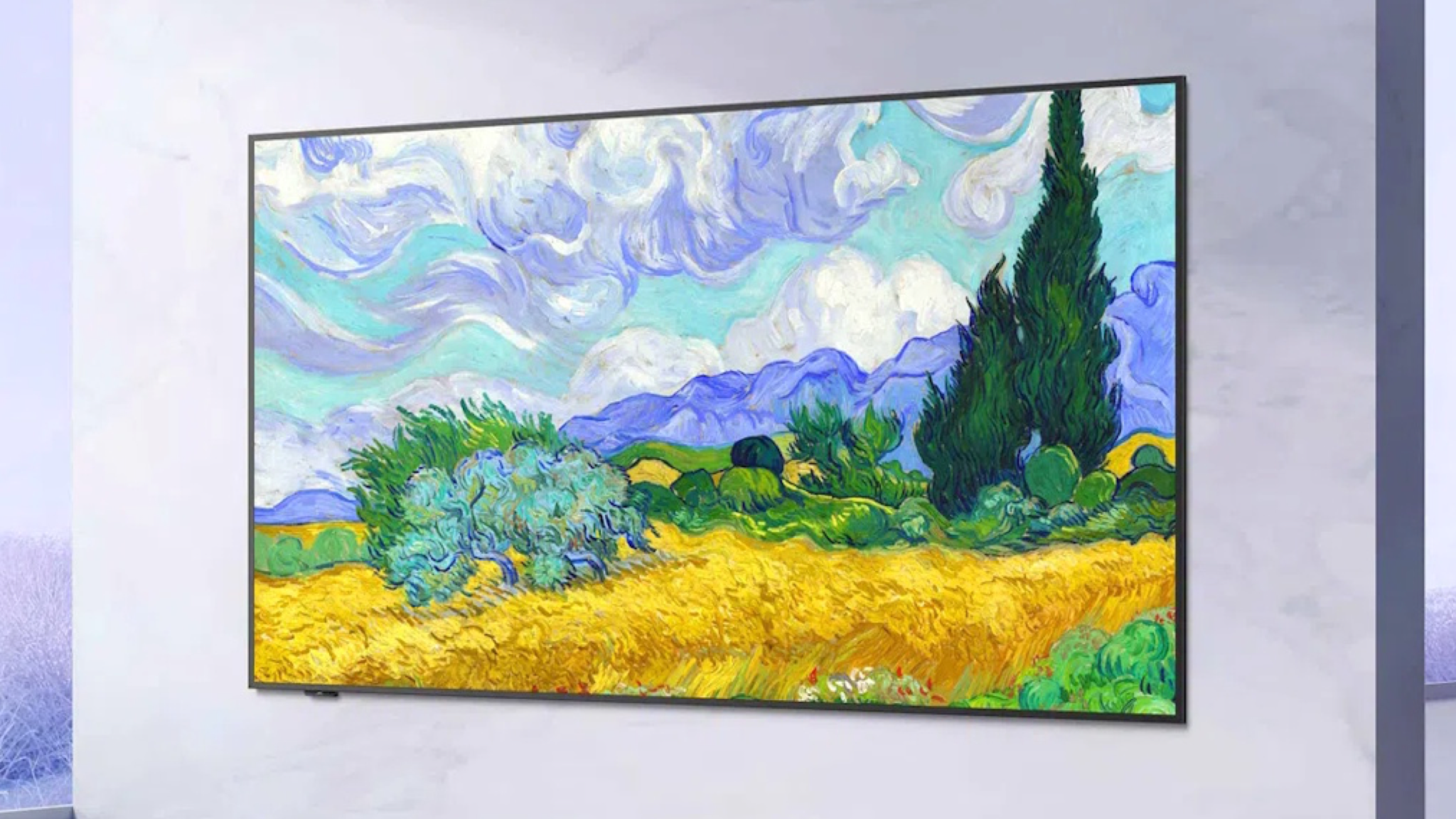
























































































































































![[The AI Show Episode 154]: AI Answers: The Future of AI Agents at Work, Building an AI Roadmap, Choosing the Right Tools, & Responsible AI Use](https://www.marketingaiinstitute.com/hubfs/ep%20154%20cover.png)
![[The AI Show Episode 153]: OpenAI Releases o3-Pro, Disney Sues Midjourney, Altman: “Gentle Singularity” Is Here, AI and Jobs & News Sites Getting Crushed by AI Search](https://www.marketingaiinstitute.com/hubfs/ep%20153%20cover.png)






















































































































![[FREE EBOOKS] The Chief AI Officer’s Handbook, Natural Language Processing with Python & Four More Best Selling Titles](https://www.javacodegeeks.com/wp-content/uploads/2012/12/jcg-logo.jpg)





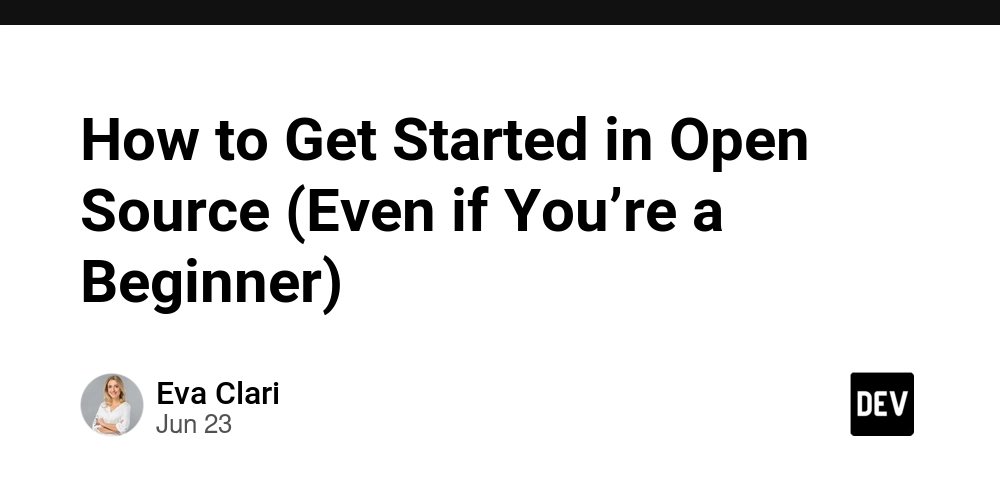













































.png?width=1920&height=1920&fit=bounds&quality=70&format=jpg&auto=webp#)



















![GrandChase tier list of the best characters available [June 2025]](https://media.pocketgamer.com/artwork/na-33057-1637756796/grandchase-ios-android-3rd-anniversary.jpg?#)







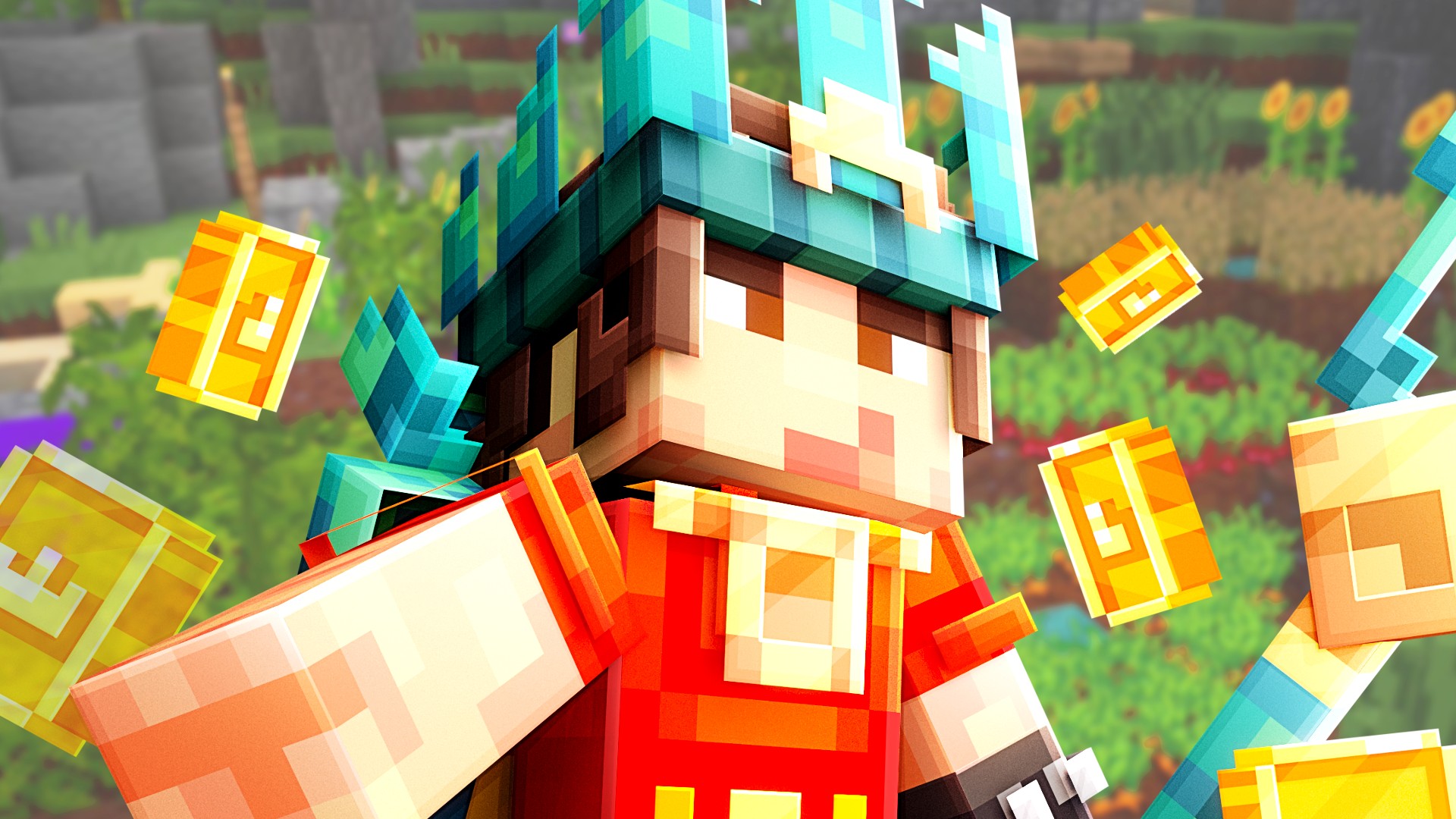
















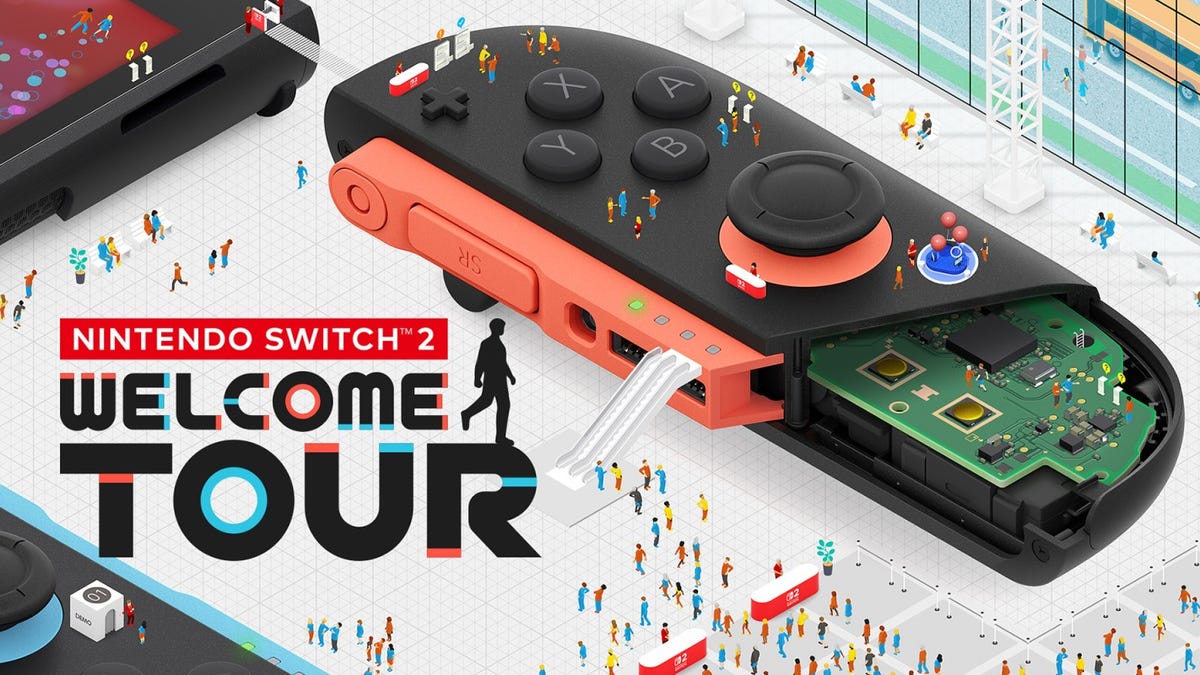











































_Frank_Peters_Alamy.jpg?width=1280&auto=webp&quality=80&disable=upscale#)



















































































![Watch a video & download Apple's presentation to get your parents to buy you a Mac [U]](https://photos5.appleinsider.com/gallery/64090-133432-The-Parent-Presentation-_-How-to-convince-your-parents-to-get-you-a-Mac-_-Apple-1-18-screenshot-xl.jpg)

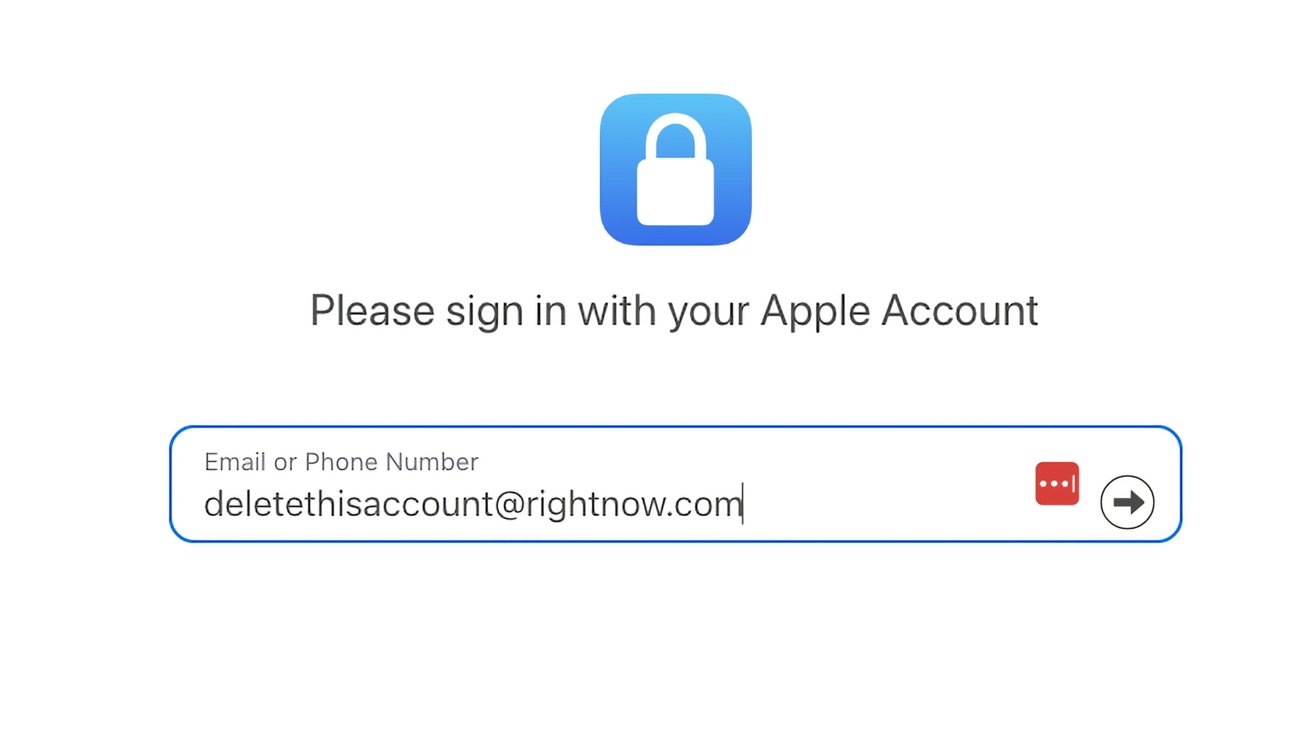


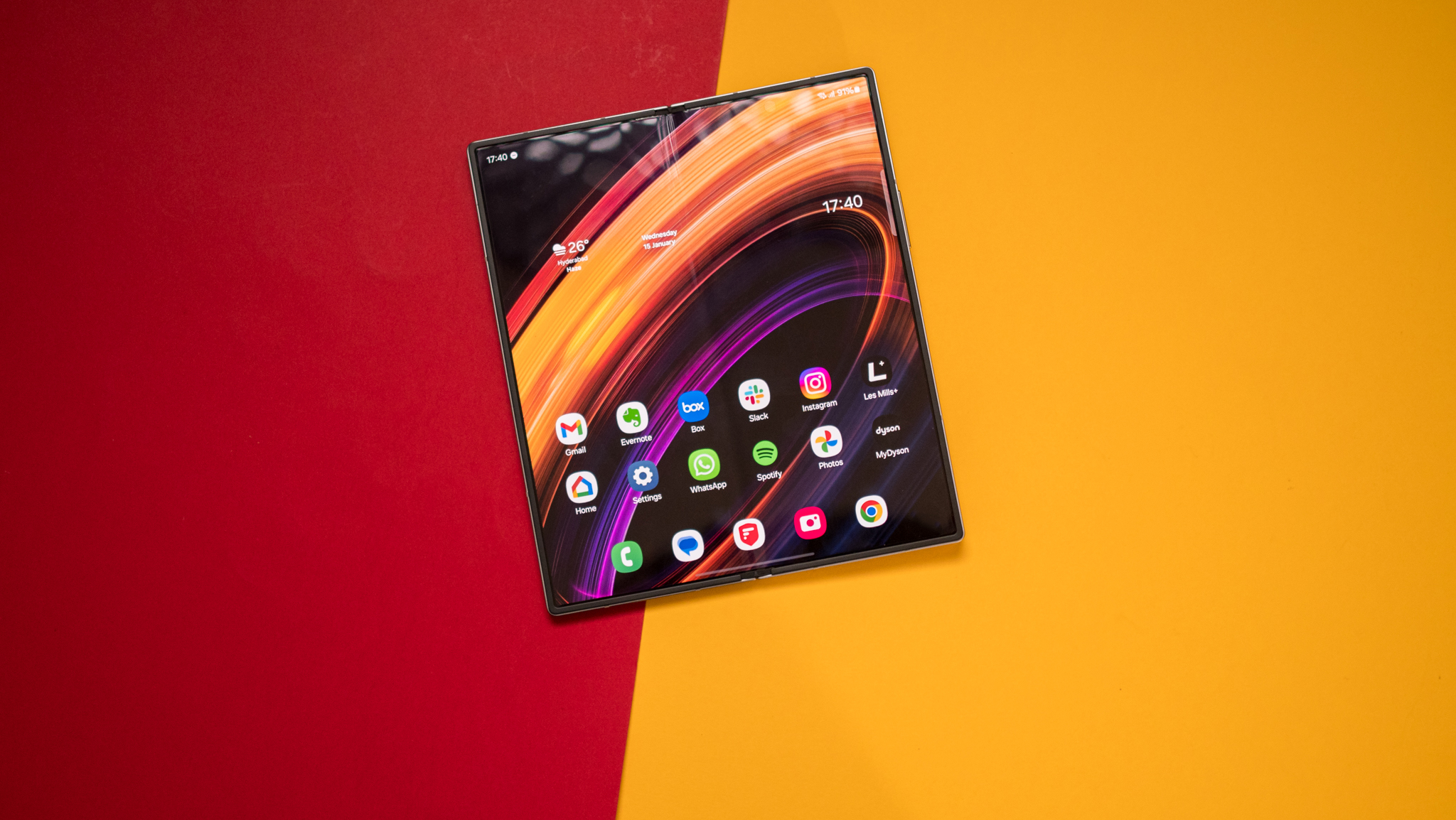

























![iPhone 17 Pro to Feature Vapor Chamber Cooling System Amid 'Critical' Heat Issue [Rumor]](https://www.iclarified.com/images/news/97676/97676/97676-640.jpg)
![Apple May Make Its Biggest Acquisition Yet to Fix AI Problem [Report]](https://www.iclarified.com/images/news/97677/97677/97677-640.jpg)
![Apple Weighs Acquisition of AI Startup Perplexity in Internal Talks [Report]](https://www.iclarified.com/images/news/97674/97674/97674-640.jpg)
![Oakley and Meta Launch Smart Glasses for Athletes With AI, 3K Camera, More [Video]](https://www.iclarified.com/images/news/97665/97665/97665-640.jpg)














